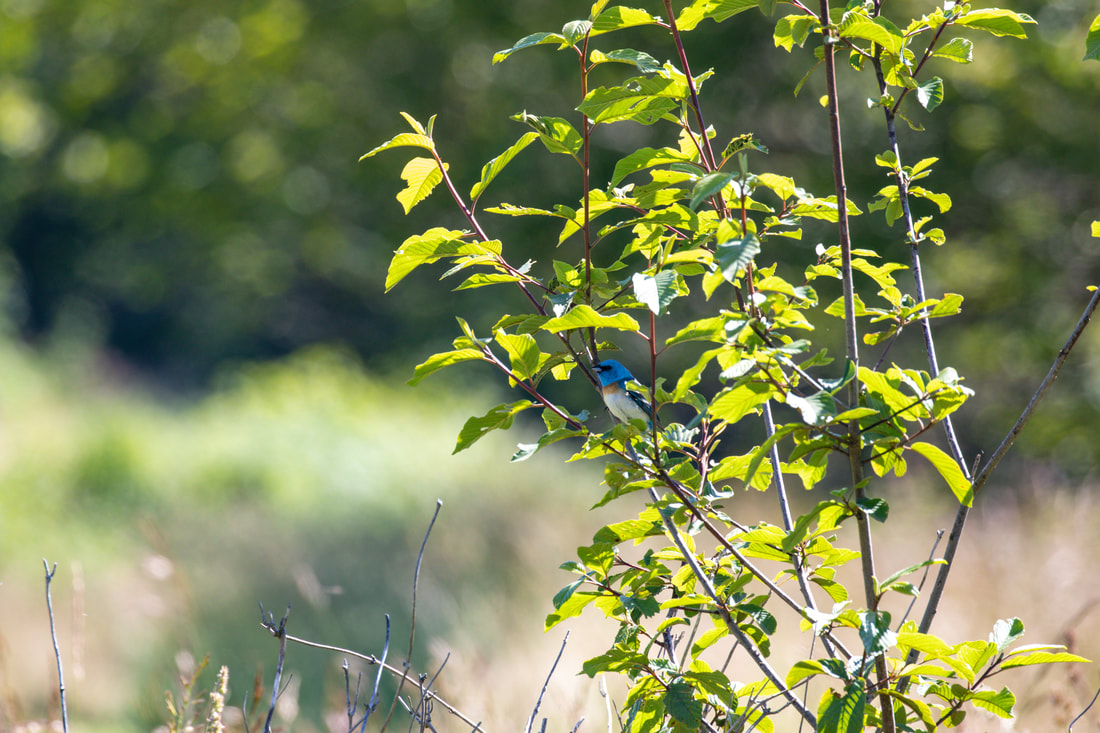Tillamook county in June is full of bird song. This helps bird lovers find birds, especially in the early morning hours. Many birds move into the higher elevation forests to build nests. Alert listeners have recently found some rare birds, including a beautiful male Northern Parula warbler at Sitka Sedge. This species is normally seen in central and eastern USA. (Did you note what we said in the warbler posting below about being alert for rare warblers?)
Brown Pelicans are annual summer visitors that are seen flying offshore, often near Three Arch Rocks or Cape Meares. This year, however, American White Pelicans, usually seen in central and eastern Oregon, can be seen on both Netarts and Tillamook bays. Perhaps the drought in their usual habitat has them looking for new places to forage?
Did you know that Bald Eagles do not always have white heads and tails? Young eagles take 4-5 years to reach mature plumage. If you see a dark eagle in Tillamook County, it is most likely a young bald eagle, not a Golden Eagle as some visitors sometimes assume. A Bald Eagle nest, with a young bird about to fledge, can be seen along Netarts Bay Rd, in the estuary just north of the shellfish factory.
Shorebird fall migration starts as early as the last week of June, and shorebird numbers increase during July. Adults usually have worn feathers, while young birds look crisp and colorful. Watch for flocks of sandpipers on the ocean beaches and tidal flats in the next weeks.
Brown Pelicans are annual summer visitors that are seen flying offshore, often near Three Arch Rocks or Cape Meares. This year, however, American White Pelicans, usually seen in central and eastern Oregon, can be seen on both Netarts and Tillamook bays. Perhaps the drought in their usual habitat has them looking for new places to forage?
Did you know that Bald Eagles do not always have white heads and tails? Young eagles take 4-5 years to reach mature plumage. If you see a dark eagle in Tillamook County, it is most likely a young bald eagle, not a Golden Eagle as some visitors sometimes assume. A Bald Eagle nest, with a young bird about to fledge, can be seen along Netarts Bay Rd, in the estuary just north of the shellfish factory.
Shorebird fall migration starts as early as the last week of June, and shorebird numbers increase during July. Adults usually have worn feathers, while young birds look crisp and colorful. Watch for flocks of sandpipers on the ocean beaches and tidal flats in the next weeks.

 RSS Feed
RSS Feed